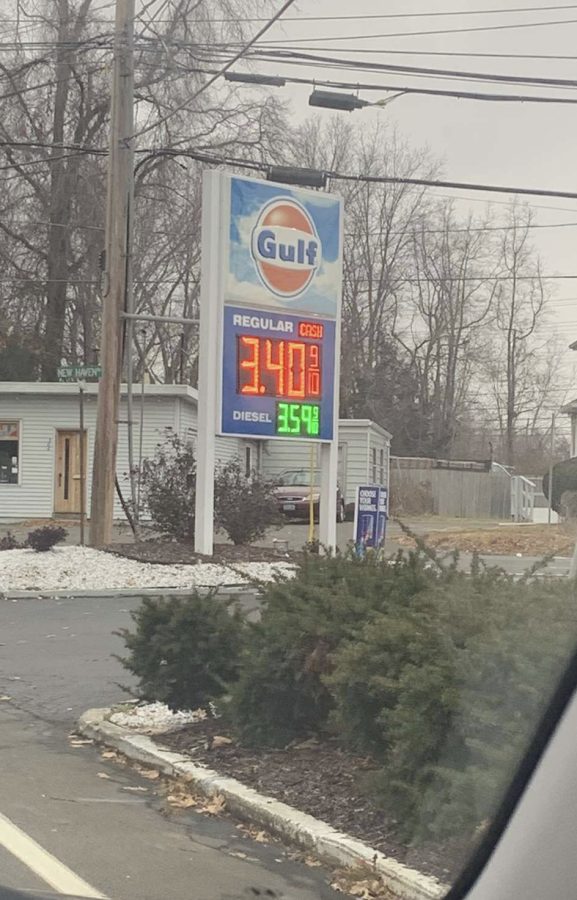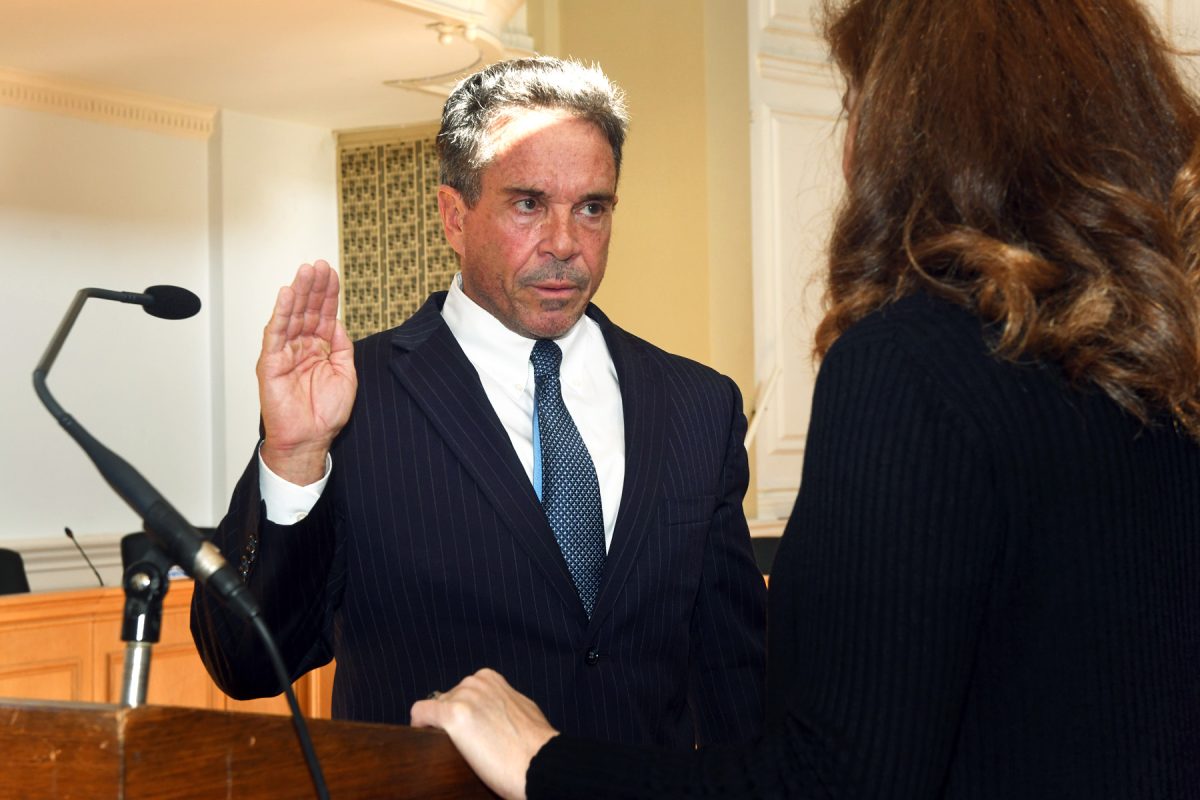Gas Prices Explained
Gas Prices: Current gas prices from a local gas station.
December 21, 2021
Gas prices are the highest they have been since 2014. On Wednesday November 17, the Biden Administration asked the Federal Trade Commission to investigate any illegal activity involved with oil and gas companies relating to the manipulation of gas prices.
The cost of gas at the pump is driven by the cost of the oil, refining it, the transportation of the oil to the refinery from the gas station, taxes, and the cost of running the gas station in general.
The price of unfinished gasoline has dropped over 5% in the last month alone. Even with the number dropping, prices are still increasing.
According to the American Automobile Association, the national average of a gallon of gas is $3.39. Compared to a year ago, Americans are spending about $20 more on a full tank of gas each time they visit the gas station, or $1.02 more per gallon. These prices have risen 50% since last year, and 3% in the last month. The state of California currently holds the highest average in the U.S. at a price of $4.70 per gallon.
Some believe Biden’s Administration has everything to do with this, however, there is not much a president can do to change gas prices in the short-term. The president has few abilities given his authority which enail; the ability to release oil from the Strategic Petroleum Reserve, increase gasoline taxes, or even engage in war with the Middle East.
While Biden did suspend new oil and gas leasing and drilling permits for federal land and water, he did not take any of the previous actions. This decision can impact oil and gas prices in the long term however not short-term. Biden’s policies are likely to raise gasoline prices in the future.
Gas prices are currently rising due to high demand and low supply. This is a result of the pandemic-driven recession. These prices are likely to increase even more if the supply constraints remain. Since the natural gas supply is constrained there may be large changes in gas prices especially during the wintertime.
“Rising energy prices are a tax on all. You would expect this to affect demand in other areas since more of people’s money will be going toward fueling their cars,” says business teacher Mr. Frank Balestriere.
Balestriere explains, “This could also affect businesses resulting in higher costs for which businesses may not be able to pass onto consumers by raising prices.” This leaves many small business owners and those whose paychecks were cut in distress trying to keep up with their expenses as well as paying the gas that keeps their cars running.
After the economy started to open back up post-pandemic, there was a rise in oil and gasoline prices. The shutdowns due to Covid-19 have negatively impacted millions of barrels of U.S. oil supply. Once the economy opened back up, those supplies were slow to recover.
Over the years, the production of natural, dry gas in the U.S. has increased. Natural dy gas is just fuel before it is compressed. From 2005 through 2019 the gas prices in the U.S. decreased because of this production. The U.S. consumes almost all of the natural gas that it produces.
These soaring gas prices have been one of the biggest contributors to rapid inflation in the U.S. This is the fastest pace of inflation in over 30 years. To explore more on these prices take a look at https://northeast.aaa.com/?zip=06460&devicecd=PC.







